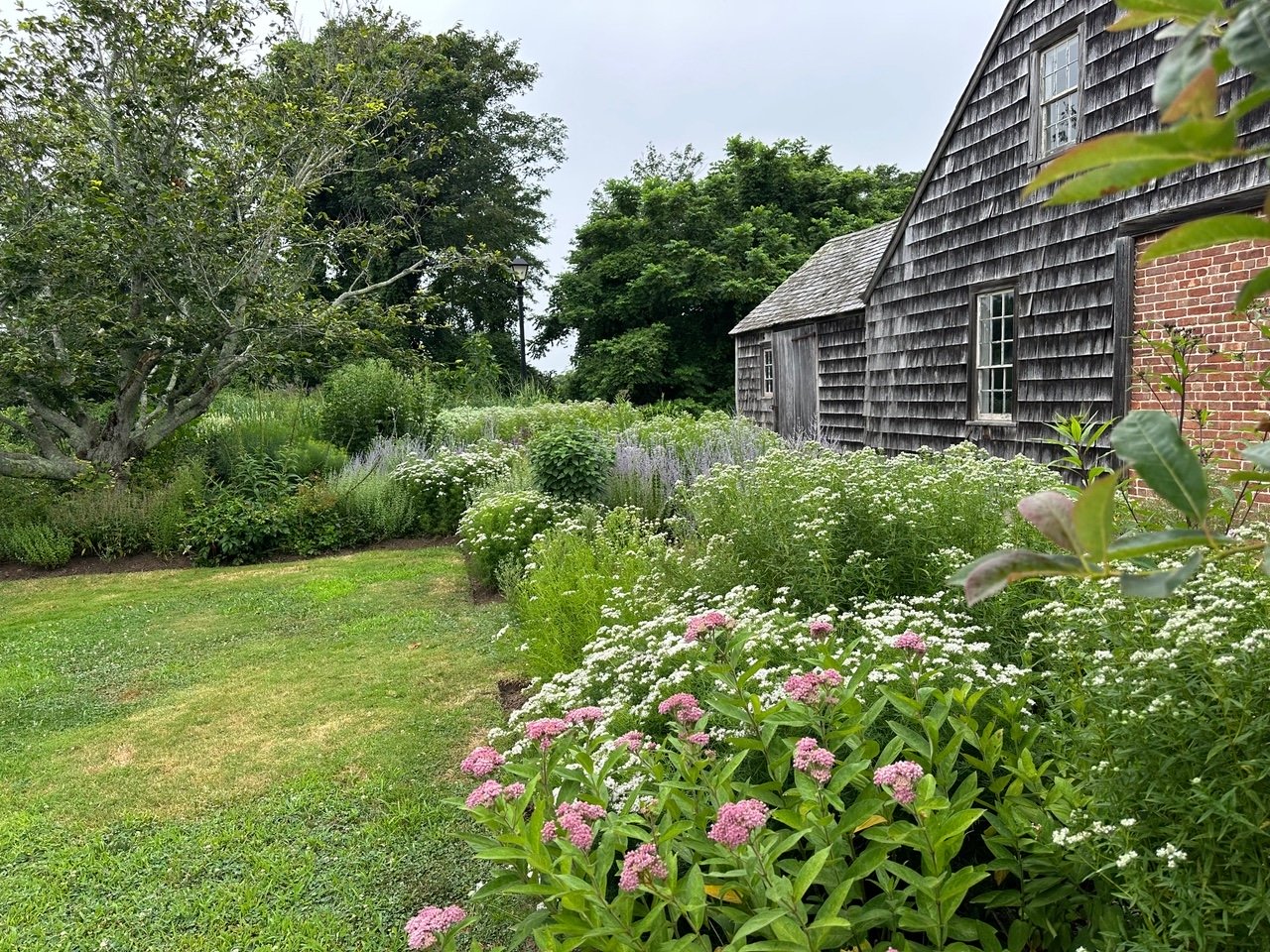Pollinators are very important. They help plants make fruit and seeds. Without them, many plants would not grow. Bees, butterflies, and birds are some pollinators.
Setting up a pollinator garden is a great way to help nature. It brings more life to your garden. You can watch many insects and birds visiting your plants.
What Is a Pollinator Garden?
A pollinator garden is a space with plants that attract pollinators. These plants provide food and shelter. The garden helps pollinators live and grow.
Pollinators need flowers that make nectar and pollen. Nectar is a sweet juice from flowers. Pollen is a powder that pollinators carry from one flower to another.
Why Build a Pollinator Garden?
- Help pollinators survive.
- Increase fruit and vegetable growth.
- Make your garden colorful and lively.
- Learn about nature and insects.
- Support the environment in your area.

Credit: hucklebeefarms.com
Steps to Set Up Your Pollinator Garden
Here are simple steps to make a pollinator garden. Follow these steps to create a happy place for pollinators.
1. Choose The Right Location
Find a sunny spot. Most pollinators like warmth. A place with 6 to 8 hours of sun is good.
Make sure the area has some wind protection. Tall plants or fences can help block strong wind.
2. Pick Native Plants
Native plants grow well in your area. Pollinators know these plants best.
Choose plants that bloom at different times. This gives food all year.
| Plant Name | Bloom Time | Pollinators Attracted |
|---|---|---|
| Milkweed | Spring to Summer | Butterflies, Bees |
| Sunflower | Summer to Fall | Bees, Birds |
| Lavender | Summer | Bees, Butterflies |
| Coneflower | Summer to Fall | Bees, Butterflies |
| Goldenrod | Fall | Bees, Butterflies |
3. Provide Water
Pollinators need water too. A small shallow dish with water works well.
Add some stones inside the water dish. Pollinators can rest on stones while drinking.
4. Avoid Chemicals
Do not use pesticides or herbicides. These chemicals harm pollinators.
Use natural ways to keep pests away. Handpick bugs or use soapy water spray.
5. Add Shelter
Pollinators need shelter for rest and safety.
Leave some bare soil for ground bees. Add logs or small piles of sticks for insects.
Plant shrubs or tall grasses to protect them from wind.
6. Plant In Groups
Plant flowers in bunches, not single plants.
Pollinators like big groups of the same flower. It is easier for them to find food.
7. Use Different Flower Shapes And Colors
Pollinators like many colors and shapes. This helps attract more types of pollinators.
- Bees like blue, purple, and yellow flowers.
- Butterflies like bright colors like red and orange.
- Hummingbirds like red and tubular flowers.

Credit: www.pizzonursery.com
Tips for Maintaining Your Pollinator Garden
Keep your garden healthy by following these tips:
- Water plants during dry times.
- Remove weeds carefully.
- Watch for pests and remove them by hand.
- Cut back old flowers to help new growth.
- Leave some plants standing in winter for shelter.
Benefits of a Pollinator Garden
A pollinator garden is good for many reasons. It helps nature and your home.
- Supports bees and butterflies.
- Improves garden health and growth.
- Creates a beautiful space to enjoy.
- Teaches children about nature.
- Helps local food grow better.
Common Pollinators to Attract
It is good to know which pollinators visit your garden.
| Pollinator | Description | Plants They Like |
|---|---|---|
| Honey Bees | Make honey and live in hives. | Lavender, Sunflowers, Clover |
| Butterflies | Colorful insects with wings. | Milkweed, Coneflower, Lantana |
| Hummingbirds | Small birds that hover and drink nectar. | Trumpet Vine, Salvia, Bee Balm |
| Moths | Active mostly at night. | Nicotiana, Evening Primrose |
| Bumblebees | Large, fuzzy bees. | Thistle, Clover, Lavender |
Final Thoughts
Setting up a pollinator garden is simple and rewarding. It helps nature and your garden.
Choose native plants, provide water, and avoid chemicals.
Watch your garden grow and pollinators visit. It is a fun way to help the earth.
Start small and grow your pollinator garden over time. Each flower counts.
Frequently Asked Questions
What Is A Pollinator Garden?
A pollinator garden attracts bees, butterflies, and other pollinators. It includes native plants and flowers.
Why Are Pollinator Gardens Important?
Pollinator gardens support biodiversity. They provide food and habitat for pollinators, crucial for ecosystem health.
Which Plants Are Best For Pollinator Gardens?
Native plants like milkweed, coneflowers, and lavender are excellent. They attract a variety of pollinators.
How To Start A Pollinator Garden?
Choose a sunny spot. Plant diverse, native species. Provide water and avoid pesticides.
4 min read

